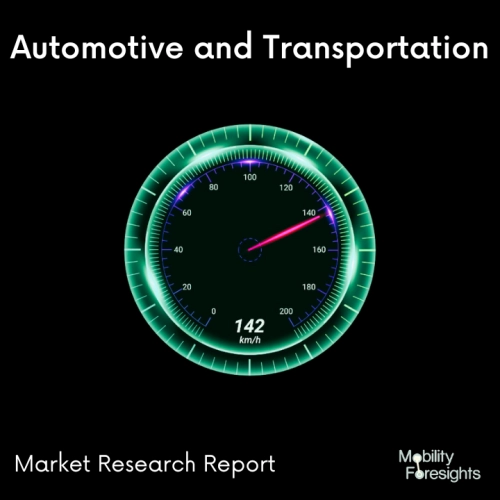
- Get in Touch with Us

Last Updated: Apr 25, 2025 | Study Period: 2023-2030
Automotive coating refers to a coating or coating component that is used or advised for use in activities other than metal plating that involve refinishing, servicing, maintaining, repairing, restoring, or otherwise modifying motor vehicles or mobile equipment.
Metal coatings are coverings that are put on metal to protect it and lessen deterioration. Unprotected metal will corrode and rust as a result of exposure to the environment. An additional layer of protection is offered by coating the metal.
There are four ways that are frequently utilised to coat steel surfaces with metal. These include sherardizing, electroplating, thermal spraying, and hot-dip galvanising. The latter two procedures are utilised for fittings, fasteners, and other tiny products but not for structural steelwork.
Metal parts and objects are shielded from deterioration like corrosion by coatings. Metal components may be susceptible to many types of corrosion, including corrosion caused by caustic agents in chemical environments. electrical contact causes galvanic corrosion.
The advantages and disadvantages of four of the most popular generic coating types epoxies, polyurethanes, polysiloxanes, and zinc-rich primersâwill be discussed in this article along with illustrations of their potential use in complete coating systems.
According on the composition of their binder, coatings are classified as organic or inorganic. Coatings with an organic binder are known as organic coatings. Coatings classified as inorganic contain an inorganic binder, such as a silicate.

The Global Automotive Exterior metal coatings market accounted for $XX Billion in 2022 and is anticipated to reach $XX Billion by 2030, registering a CAGR of XX% from 2023 to 2030.
The architectural metal coatings market is made up of businesses (organisations, sole proprietors, and partnerships) that sell architectural metal coatings for use on pavement, curbs, portable buildings, stationary structures, and their ancillaries at the installation site, as well as on permanent structures.
Architectural metal coatings add years to the architecture's lifespan and shield it from the elements by adding a layer of protection to the surface. Renovations often use metal coatings since they are easy to maintain and keep clean. Metallic coatings can be used to cover interior walls and ceilings.
UV rays are well-protected by metal coatings, especially external coatings. Polyester, fluoropolymer, polyurethane, and other resins are the most common types of resins used for architectural metal coatings.
The term "polyester architectural metal coating" refers to a powder coating made of polyester that is applied to substrates made of steel, galvanised steel, and aluminium extrusion and sheets.
Because of its outstanding mechanical and exterior durability, polyester architectural coating meets the needs of the construction industry.
Roofing and cladding, wall panels and facades, fascia and soffits, as well as other coil coatings that are used in extrusion coating of curtain walls, storefronts, doors and windows, and other extrusion coatings, are all examples of architectural metal coatings that use coil coatings.
| Sl no | Topic |
| 1 | Market Segmentation |
| 2 | Scope of the report |
| 3 | Abbreviations |
| 4 | Research Methodology |
| 5 | Executive Summary |
| 6 | Introduction |
| 7 | Insights from Industry stakeholders |
| 8 | Cost breakdown of Product by sub-components and average profit margin |
| 9 | Disruptive innovation in the Industry |
| 10 | Technology trends in the Industry |
| 11 | Consumer trends in the industry |
| 12 | Recent Production Milestones |
| 13 | Component Manufacturing in US, EU and China |
| 14 | COVID-19 impact on overall market |
| 15 | COVID-19 impact on Production of components |
| 16 | COVID-19 impact on Point of sale |
| 17 | Market Segmentation, Dynamics and Forecast by Geography, 2023-2030 |
| 18 | Market Segmentation, Dynamics and Forecast by Product Type, 2023-2030 |
| 19 | Market Segmentation, Dynamics and Forecast by Application, 2023-2030 |
| 20 | Market Segmentation, Dynamics and Forecast by End use, 2023-2030 |
| 21 | Product installation rate by OEM, 2023 |
| 22 | Incline/Decline in Average B-2-B selling price in past 5 years |
| 23 | Competition from substitute products |
| 24 | Gross margin and average profitability of suppliers |
| 25 | New product development in past 12 months |
| 26 | M&A in past 12 months |
| 27 | Growth strategy of leading players |
| 28 | Market share of vendors, 2023 |
| 29 | Company Profiles |
| 30 | Unmet needs and opportunity for new suppliers |
| 31 | Conclusion |
| 32 | Appendix |